The term "single photon emitter" already describes what it does. But what is actually important when you want a source for single light particles?
Basically, there are three factors that make a good single-photon emitter: It should be as bright as possible, reliably emit only exactly one photon per time interval, and preferably do so at all times. So far, no emitter combines these three requirements to perfection. Accordingly, we try to optimise the parameters for different applications. For particularly bright emitters, for example, we cool everything down to low temperatures with liquid helium. This effort is justified if we want to calibrate single photon detectors as they are then used for various applications, from medicine to astronomy to autonomous driving. Likewise, if we want to show at all that tap-proof communication is possible using single photon sources. For a broader application, however, the cooling effort would be too great. So what would be needed here is the most stable, practicable set-ups possible.
How is that reflected in your research?
My work is closely related to basic research. An almost perfect single photon emitter could open up many doors. There are many paths ahead in this direction, but not all of them lead to the goal. I am following the path of organic molecules. These have the advantage of being sufficiently bright. However, I have to get the molecules into a stable environment to produce good emitters out of them.
Here my path already splits: On the one hand, I try to "capture" the molecules in suitable crystals. In principle, this works quite well. However, I still have to get the crystals much smaller, because otherwise there would be too many molecules in them at once and they would no longer be a single-photon source. The other path opens up via the strong semiconductor technology in LENA. The molecules are sandwiched between the individual layers of an organic matrix. Even though it is impossible to predict where the molecules will end up: The sample can be measured well and then hopefully I will find the one single photon emitter.
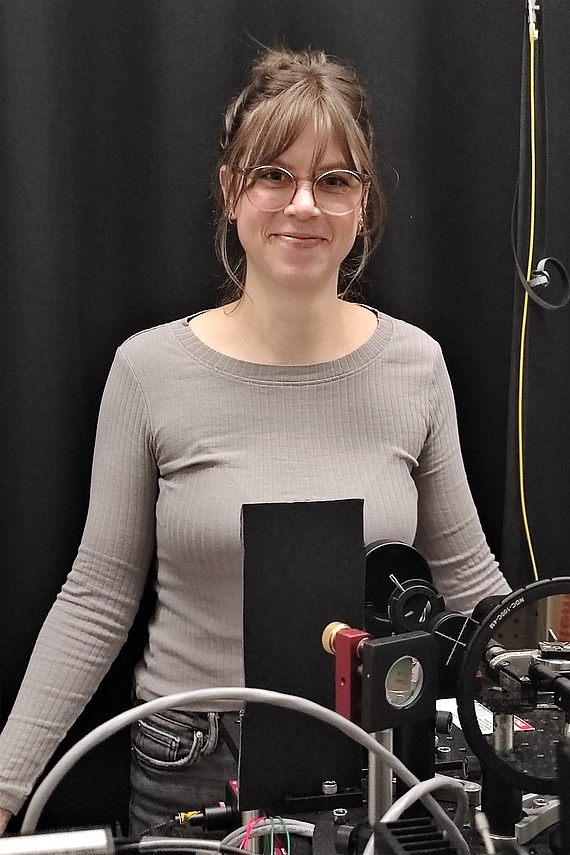
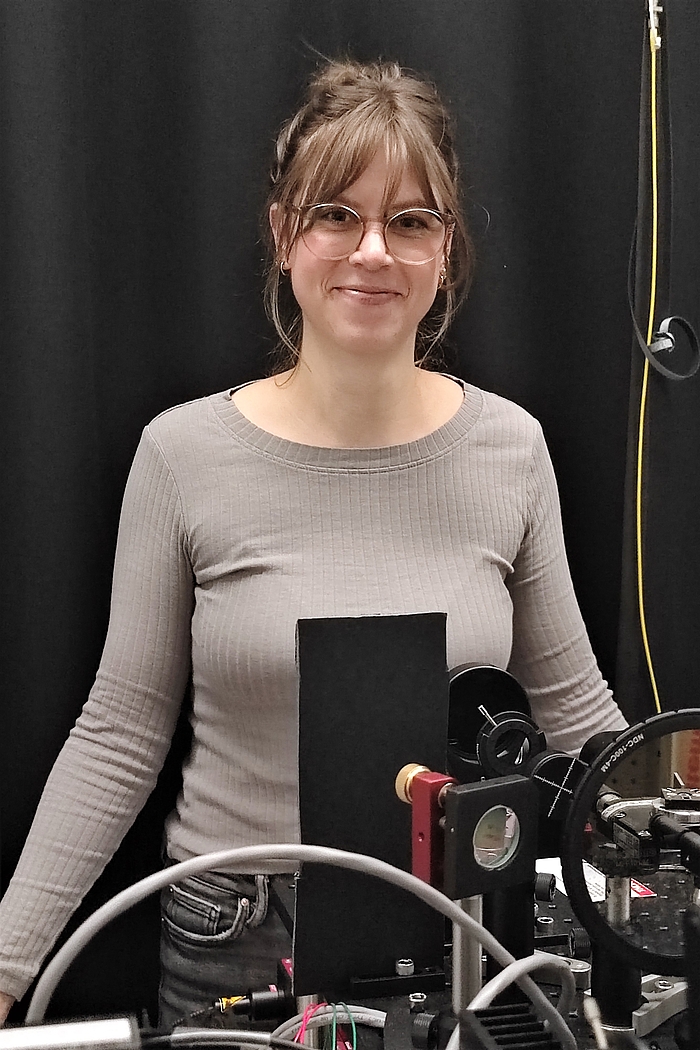
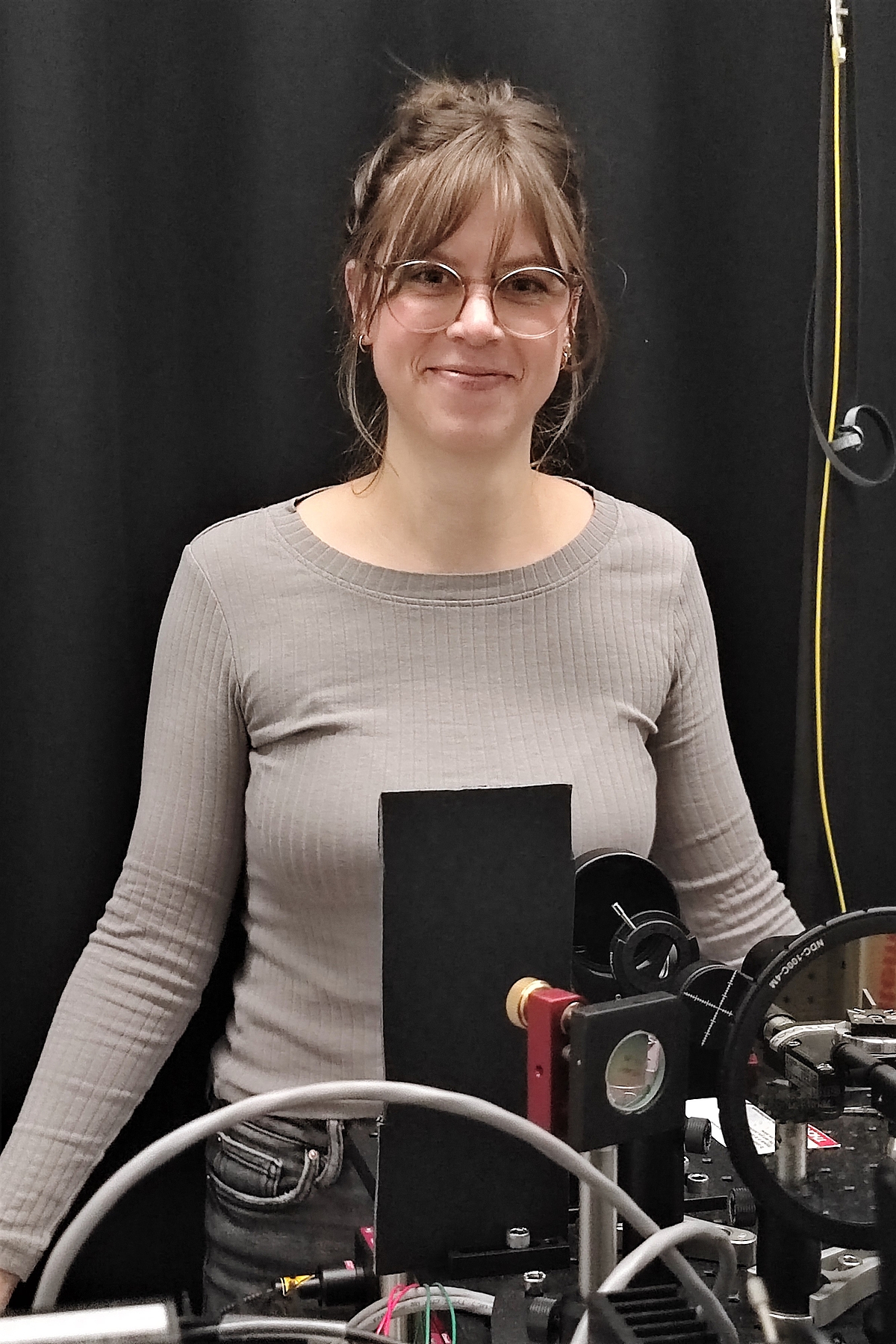 ©
Laurenz Kötter/TU Braunschweig
©
Laurenz Kötter/TU Braunschweig
Regardless of which path I'm following, when you meet me at LENA, I'm usually either creating a new sample or characterising a sample I've previously made. For the latter, I have even set up my own confocal microscope in our Single Photon Lab.
You are one of three researchers in the working group "Single Photon Metrology at LENA", a PTB department that works entirely at LENA. What distinguishes your team?
One of our strengths is definitely our agility. Be it samples or equipment set-ups - we are doing almost everything by ourselves. With this approach, we are largely independent of external factors and at the same time all very well-versed in the subject. As a team, we can therefore work closely together. After all, each person knows both how to make single photon emitters and how to characterise them metrologically.
At LENA, we not only find the right equipment to measure our samples. In the last year and a half, many collaborations with other research groups have been established. For example, I am still working on a project with Professor Andreas Hangleiter, where we are targeting quantum dots, and with Professor Uta Schlickum, whose group is providing us with extensive support in sample preparation.
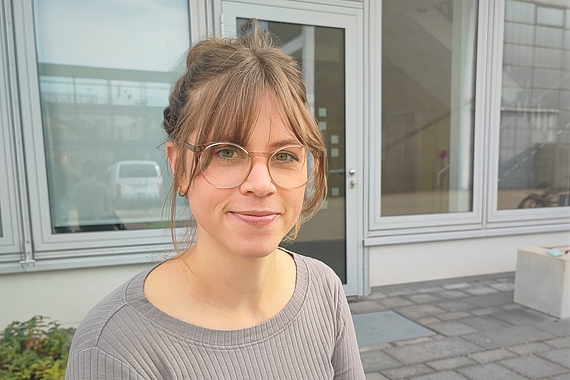
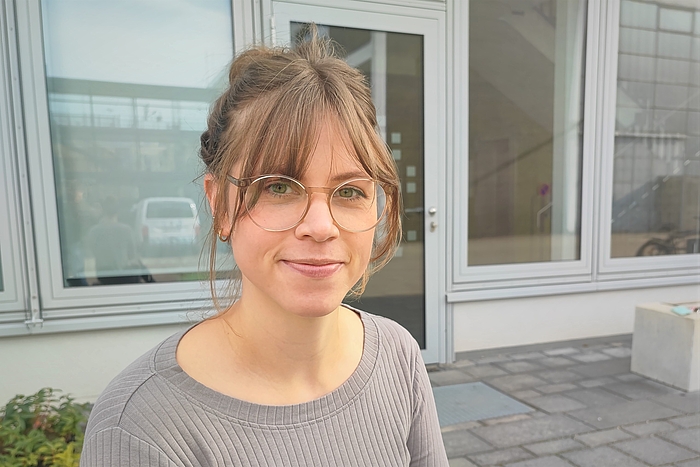
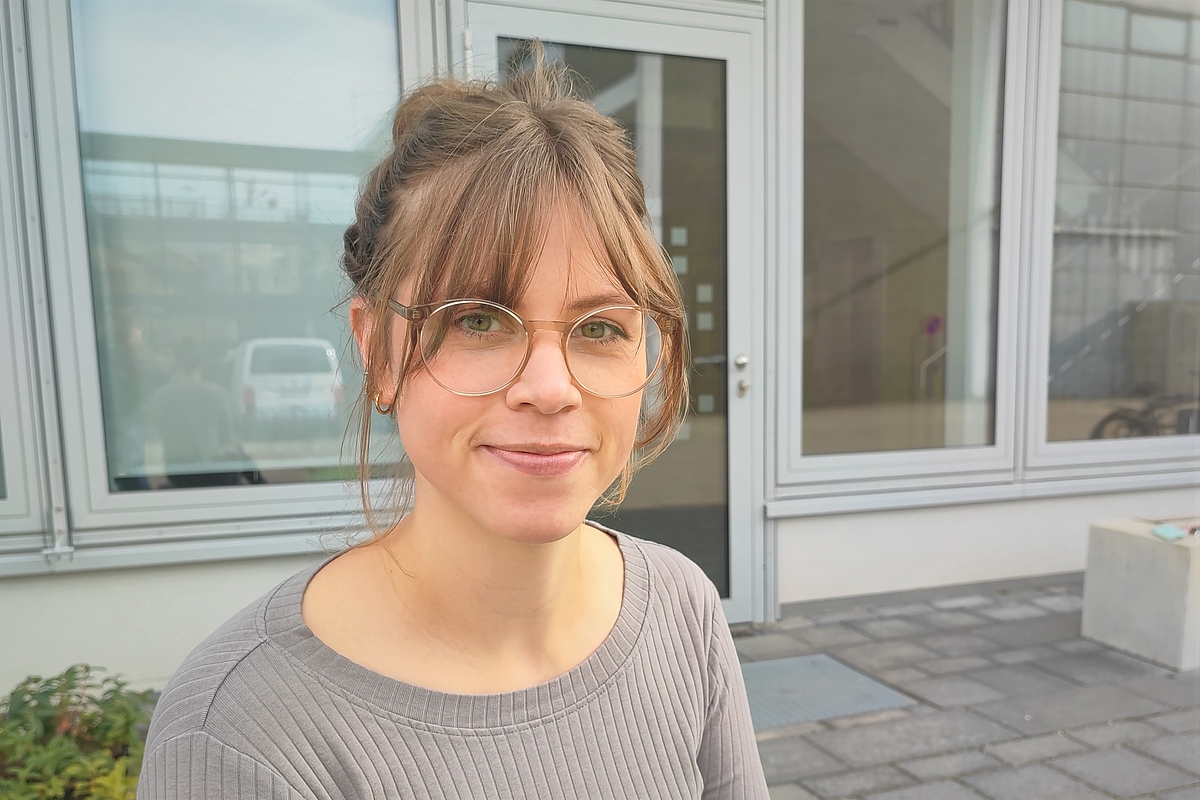 ©
Laurenz Kötter/TU Braunschweig
©
Laurenz Kötter/TU Braunschweig
In addition to the collaborations in LENA, your name also appears in the Cluster of Excellence QuantumFrontiers. What does the collaboration look like there?
In the cluster, I am part of the topical group "Single Photons". In the group I found, first of all, an incredibly enriching exchange. The Topical Group brings together experienced scientists from Braunschweig and Hannover on the topic of single photon sources. In addition, we have founded a subgroup for PhD students within the research group. We regularly present our latest results there, exchange samples and help each other when someone is apparently up against a wall. The online meetings have already fuelled my own research here several times. I'm all the more pleased that the next meeting is to take place in presence.
What do you want to achieve with your PhD?
First, and foremost and regardless of the outcome, I would like to learn an independent scientific way of working during my PhD. At the end of my PhD, there will hopefully be a functioning single-photon source with a sample that I have made from single-photon emitters and that the group can use for years. My work should have added value and taken research in our specific field a little bit further.
In addition to a stable molecule that reliably emits single photons, another key project for me is coming up in spring. We want to build a large-scale device with which we want to realise a particularly stable cryogenic single photon source. One of my main tasks will then be to get the device running at its full potential. With devices of this size and precision, this is a task for many months, but not only I will benefit from it, but also the PhD students after me.









